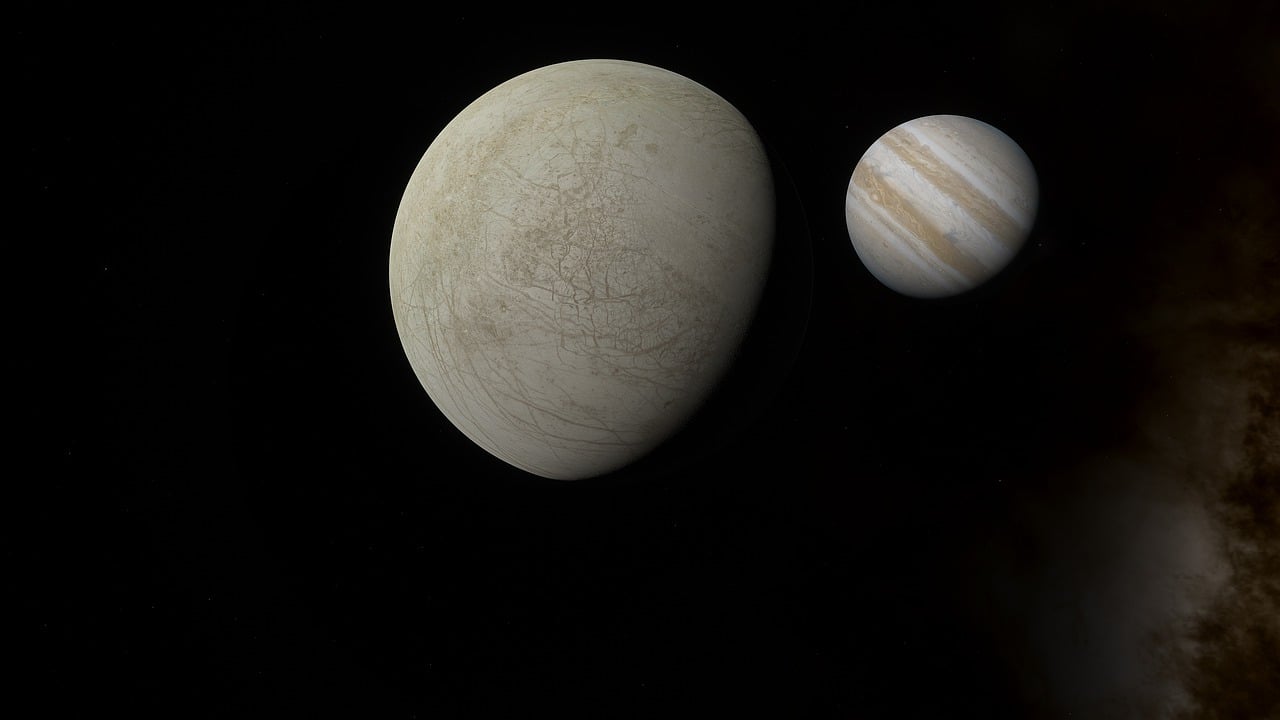
Vocabulary:
I will read the words, meanings, and sample sentences. Then, repeat after me.
- colossal /kuh-LOS-uhl/
- leverage /LEV-er-ij/
- orbit /AWR-buht/
- constellation /kon-stuh-LAY-shn/
- thermal /THUR-muhl/
[adjective] – extremely large
The colossal statue towered over the city, visible from miles away.
[verb] – to use or utilize effectively
The team plans to leverage their expertise to solve the complex issue.
[verb] – to move in a curved or elliptical path around a central object, such as a planet orbiting a star or a moon orbiting a planet
The moon orbits Earth in a regular, predictable path, influenced by gravitational forces.
[noun] – any of the groups of stars in the sky that seem from earth to form a pattern and have been given names
The Big Dipper is a well-known constellation visible in the northern sky.
[adjective] – connected with heat
The thermal insulation keeps homes warm during cold winters.
Article reading:
Please read the whole article. Then, I will check your pronunciation and intonation.
In 2005, the celestial body known as HD 189733b gained fame for its extreme characteristics. This colossal blue gas giant, bigger than Jupiter, has extremely hot temperatures and strong winds that blow sideways streams of molten glass through its atmosphere. Recently, astronomers leveraged data from the James Webb Space Telescope to uncover new insights. HD 189733b ranks among the most extensively studied exoplanets. It is notable for being the first to show traces of hydrogen sulfide, a smelly compound that resembles the scent of rotten eggs.
Guangwei Fu, lead scientist at Johns Hopkins University, highlighted HD 189733b’s new reputation with the detection of hydrogen sulfide, underscoring its significance for planetary science despite its inaccessibility to humans. Classified as a “hot Jupiter,” this giant orbits exceptionally close to its star—170 times nearer than Jupiter to the Sun. Unlike Jupiter’s leisurely 12-year orbit, HD 189733b completes one orbit every two days, resulting in surface temperatures nearing 1,700 degrees Fahrenheit (930 degrees Celsius). Fu emphasized the rarity of such planets, estimating they exist in less than one percent of star systems. Situated 64 light-years away in the Vulpecula constellation, HD 189733b is ideal for detailed study due to its proximity. The James Webb Space Telescope, operational since 2022, significantly enhances the ability to analyze its atmosphere. Luis Welbanks, a co-author from Arizona State University, highlighted its similarities to Jupiter and emphasized its unique thermal characteristics. Webb’s observations also revealed the presence of hydrogen sulfide, water, and carbon dioxide, while ruling out methane. These findings deepen the understanding of planetary origins and the distinct qualities of the solar system, offering insights into Earth’s place in the cosmos.
Guangwei Fu, lead scientist at Johns Hopkins University, highlighted HD 189733b’s new reputation with the detection of hydrogen sulfide, underscoring its significance for planetary science despite its inaccessibility to humans. Classified as a “hot Jupiter,” this giant orbits exceptionally close to its star—170 times nearer than Jupiter to the Sun. Unlike Jupiter’s leisurely 12-year orbit, HD 189733b completes one orbit every two days, resulting in surface temperatures nearing 1,700 degrees Fahrenheit (930 degrees Celsius). Fu emphasized the rarity of such planets, estimating they exist in less than one percent of star systems. Situated 64 light-years away in the Vulpecula constellation, HD 189733b is ideal for detailed study due to its proximity. The James Webb Space Telescope, operational since 2022, significantly enhances the ability to analyze its atmosphere. Luis Welbanks, a co-author from Arizona State University, highlighted its similarities to Jupiter and emphasized its unique thermal characteristics. Webb’s observations also revealed the presence of hydrogen sulfide, water, and carbon dioxide, while ruling out methane. These findings deepen the understanding of planetary origins and the distinct qualities of the solar system, offering insights into Earth’s place in the cosmos.
Discussion Questions:
I will read each question. Then, please answer them.
- Have you ever read or heard about other extreme planets like HD 189733b? If so, what similarities do they share with HD 189733b? If not, what aspects of HD 189733b’s characteristics surprise you the most?
- If you were an astronomer studying HD 189733b, what specific characteristics of the planet would you be most interested in exploring further?
- Do you agree that studying planets like HD 189733b can provide valuable insights into the origins of our solar system?
- How might the discovery of hydrogen sulfide and other compounds on HD 189733b influence future space exploration missions and our understanding of the potential for life beyond Earth?
- Given the extreme temperatures and atmospheric conditions on HD 189733b, what challenges would astronomers face in accurately interpreting data from the James Webb Space Telescope, and how might they overcome these challenges?
Summarization
Please summarize the whole article using your own words and expressions. You will have one minute to prepare before you answer.
Describe:
Please explain the definition of each word listed below based on your understanding. You can provide example sentences if needed.
- resemble
- astronomer
- planetary
- methane
- solar system